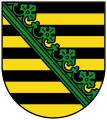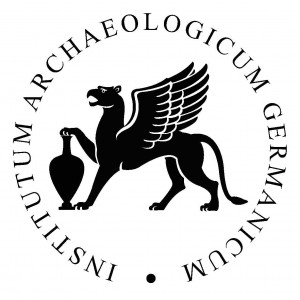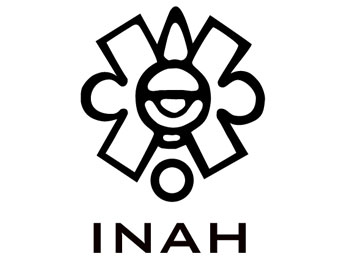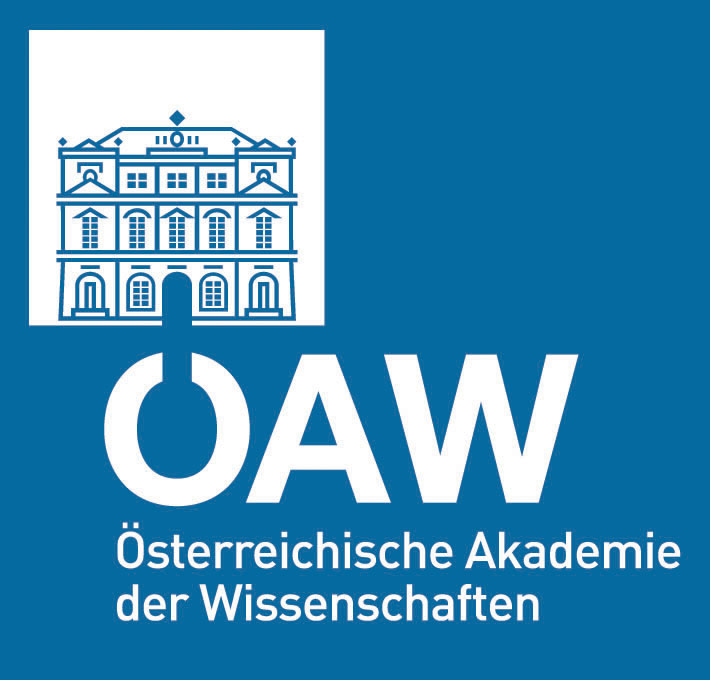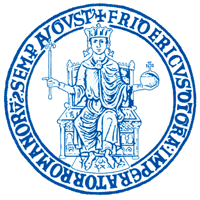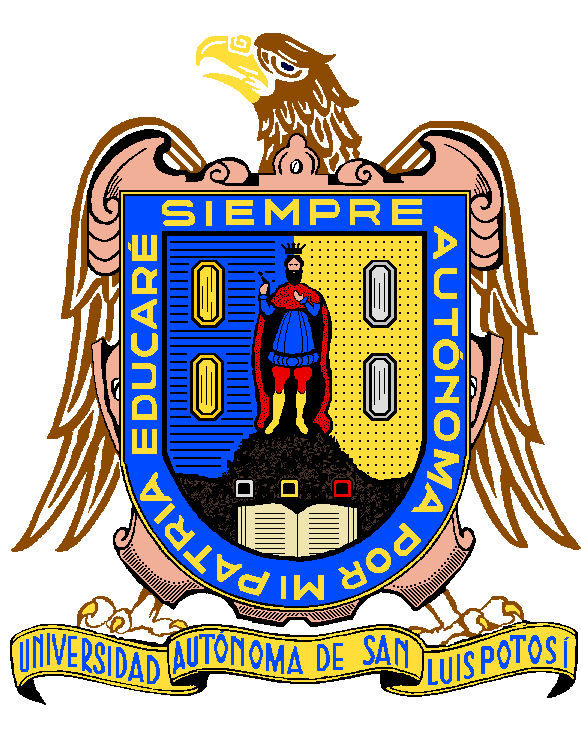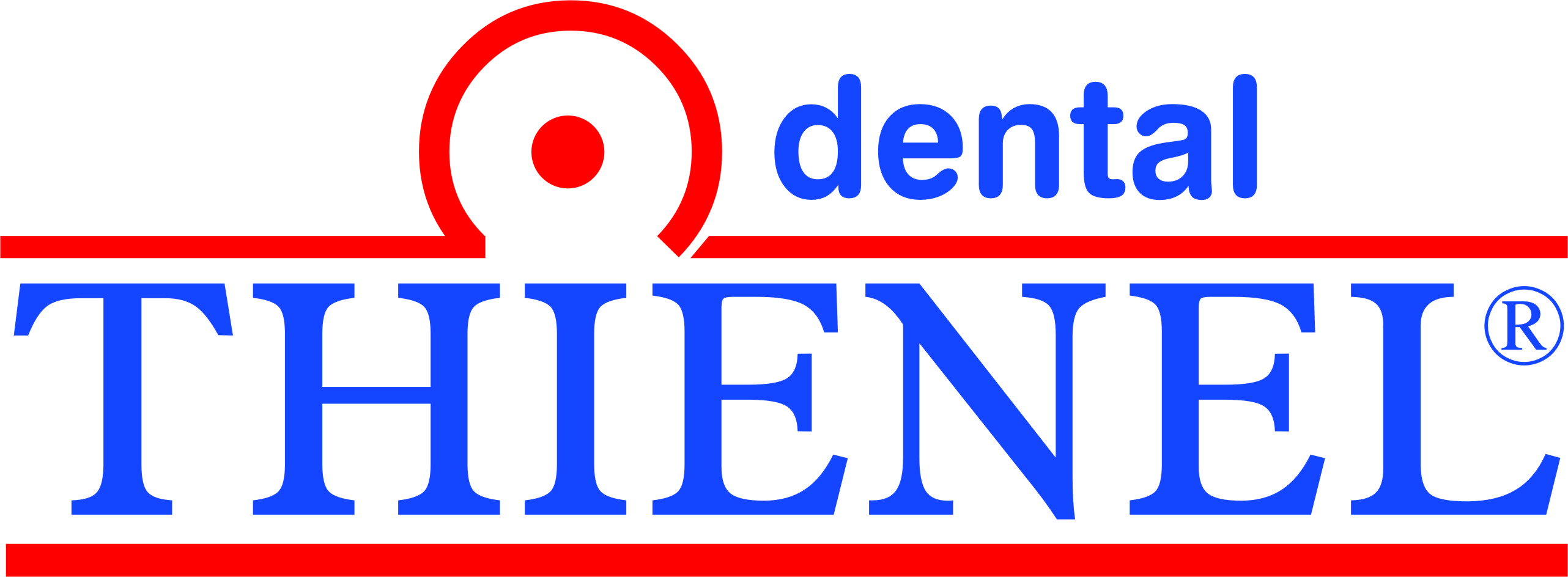Research since 2012: Archaeocopter
The idea of using UAVs equipped with video cameras and artificial intelligence in archaeology
and heritage management was first conceived by Dr. Benjamin Ducke and Prof. Dr. Marco Block-Berlitz
in 2012. Cultural resources such as archaeological sites and old town centres are under incessant
pressure from land-use and property development. While resources for heritage management and
conservation have been stagnant at best for a long time, technological developments in image-based
3D reconstruction have been fast-paced, especially in the field of computer vision.
At the same time, robustness and affordability of ultralight UAVs have reached a point where this
class of hardware can become an integrated part of the standard toolset for archaeological site recording.
The project Archaeocopter was officially initiated in collaboration with Prof. Dr. Raúl Rojas at Berlin's
Freie Universität (Free University) in September 2012. It has been generously funded by the Saxon State
Ministery for Science and the Arts (SMWK) since March 2013. Research is being conducted in close cooperation
with Archaeological Heritage Office in Saxony and the German Archaeological Insitute (DAI), as well as
international partners. The primary aim is to produce a robust UAV capable of semi-autonomous flight,
that can support archaeologists in capturing airborne site imagery.
Research since 2014: Archaeonautic
In 2014, our 3d reconstruction scope was extended to underwater archaeology. In collaboration with Prof. Dr. Martin Oczipka (HTW Dresden), the Archaeological Heritage Office in Saxony and the German Archaeological Insitute (DAI), a variety of research topics, with a focus on image improvement and underwater georeferencing, will be explored. The project has been financially supported by the Saxon State Ministery for Science and Arts (SMWK) since 2015.
Video contest winner at the CHNT-19 in Wien/Austria in 2014
In addition to the presentation of the project at the conference, we again created a small video for participation in the video contest:
We would like to take the opportunity to thank all those who participated in this work. Special thanks go to Toni Schiemank for taking care of cutting and editing the material on short notice. Also to NVIDIA corporation for generously donating the high-performance GPU hardware that we used to process our data. This video is the Winner of the 3rd Vienna Cultural Heritage and New Technologies Video-Award.
Documentation of Shipwreck in Veruda/Croatia in 2016
Some impressions of the Archaeonautic team at work in Croatia in April 2016:
Thanks to Toni Schiemank for supporting us in producing this video.
Documentation of Kerlingarfjöll/Iceland in 2014
Some impressions of the Archaeocopter team at work in Iceland in July 2014:
Thanks to Andre Knuth for supporting us in producing this video.
Documentation of Tamtoc/Mexico in 2013
In October 2013, the project team went to San Luis Potosí, Mexico to document the ancient Huastec site
of Tamtoc. Over the course of three intense working days, we collected video footage of the
site's impressive ceremonial centre and a number of buildings, as well as some stone reliefs and sculptures.
Documentation of Freiberg/Germany in 2013
Some impressions of the Archaeocopter at work on the site of the Dominican monastry of Freiberg (Saxony) in April 2013:
Thanks, once more, to Flavio Trillo (giga.de), for supporting us in producing this video.
Video contest at the CHNT-18 in Wien/Austria in 2013
In addition to the presentation of the project at the conference, we also created a small video for participation in the video contest:
We would like to take the opportunity to thank all those who worked on this creation. Special thanks go to Robert Albert for taking care of cutting and editing the material on short notice.





